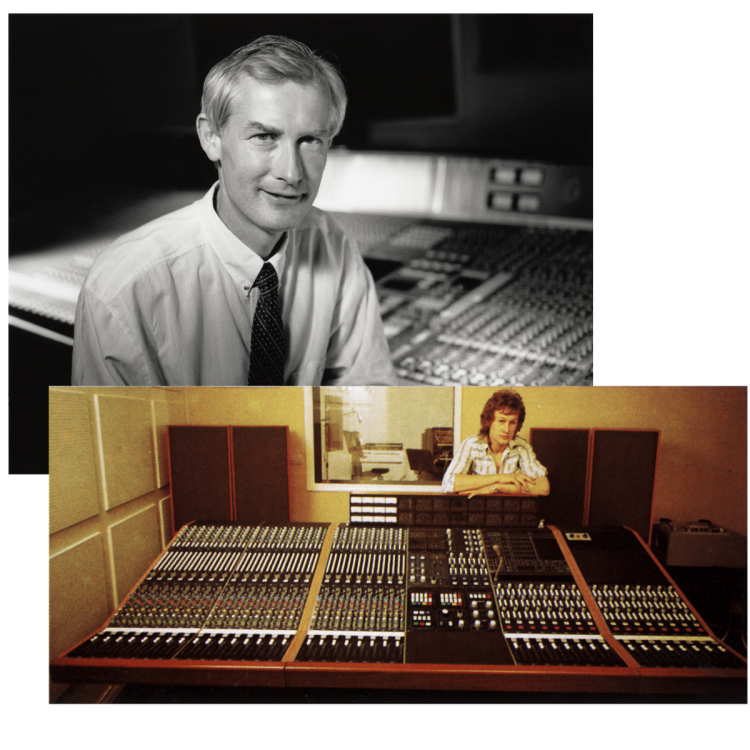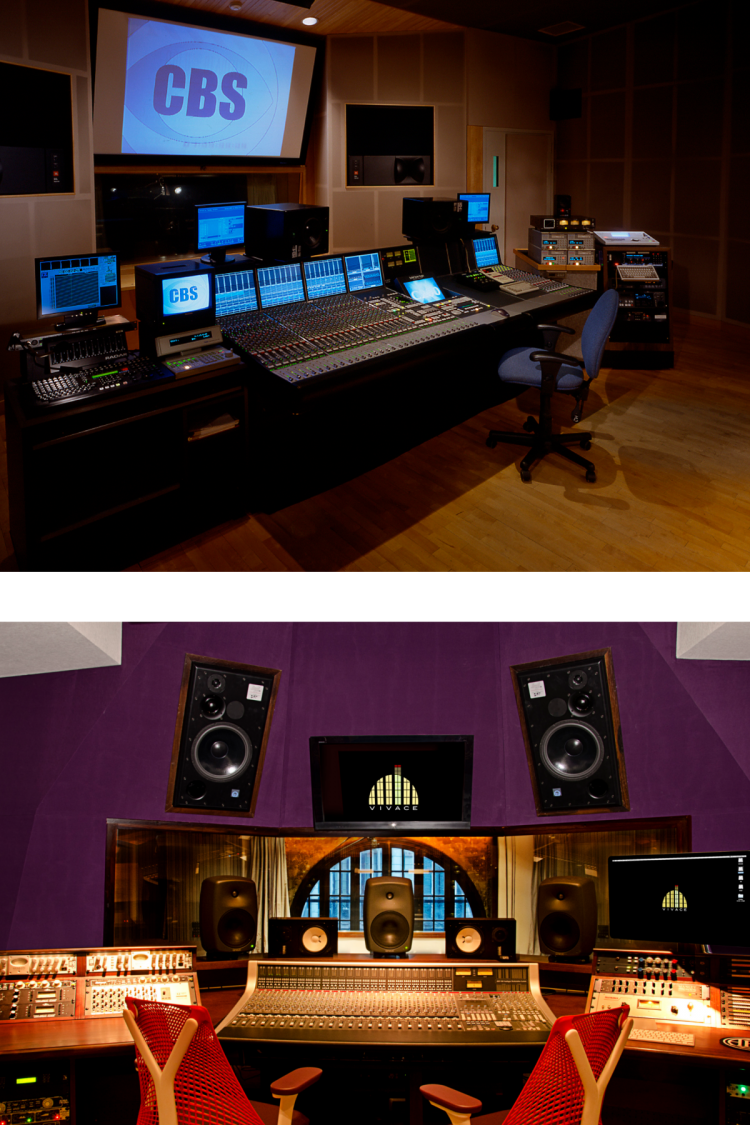MUSIC & AUDIO PRODUCTION
BACK
Music & Audio Production
Studio ConsolesAWS δeltaDuality FuseORIGINSystem T for MusicTriniTyMixersBiG SiXSiXXL-DeskMatrixPortable USB Microphones SSL CONNEX
19" Analogue ProcessorsPURE DRIVE QUADPURE DRIVE OCTOTHE BUS+Fusion 500 Series ProcessorsSiX CH Module UV EQ ModuleStereo Bus Compressor Module B-Series Dynamics ModuleE-Series EQ ModuleE-Series Dynamics ModuleVHD Pre Module
SSL 360 SoftwareAudio InterfacesSSL 2SSL 2+SSL 12SSL Recording PackSSL Production Pack ControllersUF1UC1UF8MDN X UF8: Adding emotion to a mixSSL Studio Training





